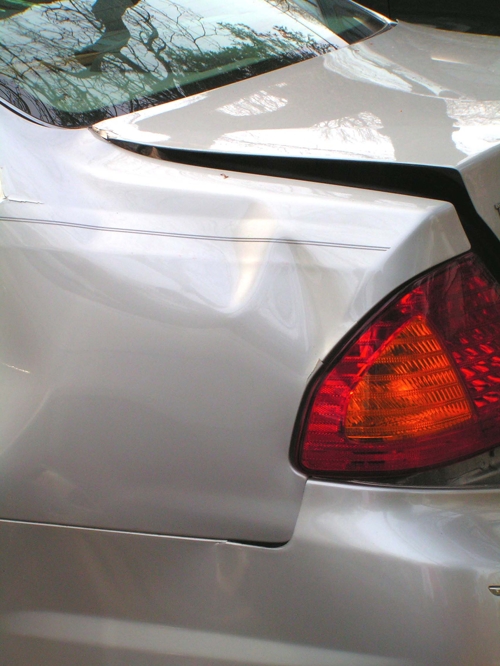
In F. v. O., the Appellate Division, Second Department, confronted a classic rear-end collision case with a twist: while J.F. (the plaintiff) sought summary judgment on liability and aimed to strike A.O. and QPR Trucking’s affirmative defenses of comparative negligence, the court ultimately found that the facts weren’t so neatly aligned.
J.F. claimed he was stopped in traffic when his vehicle was struck from behind by a tractor operated by A.O. and owned by QPR. Under New York law, a rear-end collision typically creates a presumption of negligence on the part of the rear driver. That presumption, however, is not absolute—it can be rebutted with a non-negligent explanation, such as mechanical failure, sudden stops, or erratic driving by the lead vehicle.
J.F. did what plaintiffs often do in these scenarios: he submitted deposition testimony asserting that he was stationary when the impact occurred. That was enough to establish a prima facie case of negligence and to support his motion to dismiss the defendants’ comparative fault defenses. But the defendants didn’t roll over. They responded with evidence suggesting that there may have been a non-negligent reason for the collision—raising questions about whether J.F. himself may have contributed to the accident.
This is where the case took a procedural turn. Although plaintiffs aren’t required to prove their own lack of fault to win summary judgment on liability, they do have to confront and neutralize any affirmative defenses if they want those dismissed. The defendants’ opposition raised triable issues of fact—not just about their own conduct, but about whether J.F. might share some blame. That was enough for the Supreme Court to deny the motion, and the appellate court affirmed.
The poor guy got rear-ended in traffic, and stalled in court ....
# # #
DECISION
